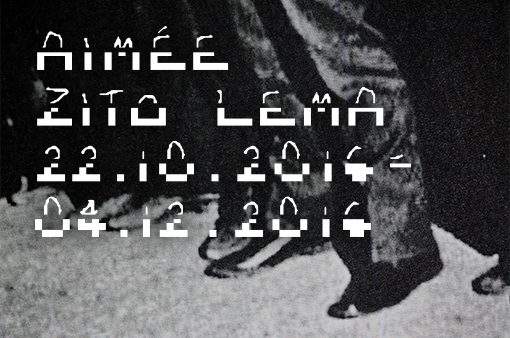Aimée Zito Lema: The Subversive Body
Aimée Zito Lema’s title stems from a series of her latest sculptures by the same name, which will be shown in the main gallery space. The video Rond de Jambe will also be exhibited in the basement of the Justus van Effen complex. Both works draw from ongoing research into archival footage of demonstrations against the government in Argentina and in Amsterdam from the seventies and eighties. Having been born in Amsterdam and raised in Buenos Aires, the artist identifies strongly with these narratives.
The sculptural installation The Subversive Body uses images of revolutionary and guerrilla movements during the last dictatorship in Argentina between 1976 and 1984, culled from an Argentinian archive. Zito Lema has re-photographed these images, focusing primarily on the bodily gestures. Close-up and abstracted, the images become condensed traces of physical resistance against political horror. The imagery is printed in black and white on large paper that has been shaped and stiffened into a new corpus, the mould for which was the artist’s own body. Once paper has taken a certain form the fibre remembers this information, resulting in a sculpture that has a ‘double memory’: it recalls a shape as well as a historical event. The sculptures have been placed on slim, rectangular, low tables that are piled on top of each other—some in pairs, others as singles. The tables resemble working or research tables, but their human size is also reminiscent of coffins scattered around the floor.
Rond de Jambe is a video work that revolves around the controversial construction of the Stopera in Amsterdam, the building that serves as home for the National Opera and Ballet as well as the City Hall. Planned without any historical or social awareness, and without dealing with the traumatic history of the old Jewish area, the Stopera was built between 1979 and 1986 in the face of strong opposition from residents of the area and left-wing movements in Amsterdam. Rond de Jambe takes this history of protests and demonstrations as a starting point. Working together with dancers, Zito Lema juxtaposes the ‘political body’ and the ‘dancing body’ by translating the movements in the archival images of these events into dance.
Zito Lema is currently an artist-in-resident at the Rijksakademie. Her recent exhibitions include: The 11th Gwangju Biennale; The Dorothea von Stetten Award, Kunstmuseum Bonn; Hors Pistes: L’art de la Revolte, Centre Pompidou Paris (all in 2016); the long-term project Body at Work at Casco, Utrecht (2013 – 2014); and the residency ‘Het Vijfde Seizoen’, Den Dolder, (2011). She has been invited for numerous talks and workshops in the Netherlands and abroad.
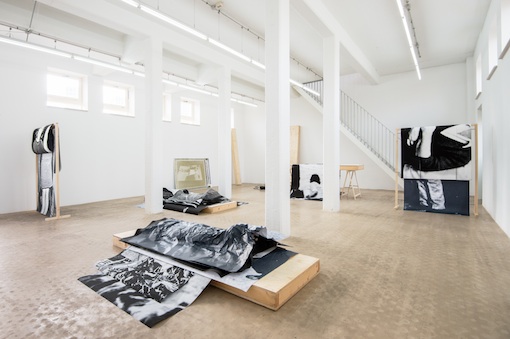
Installation view Wilfried Lentz Rotterdam
Photo: Sander van Wettum
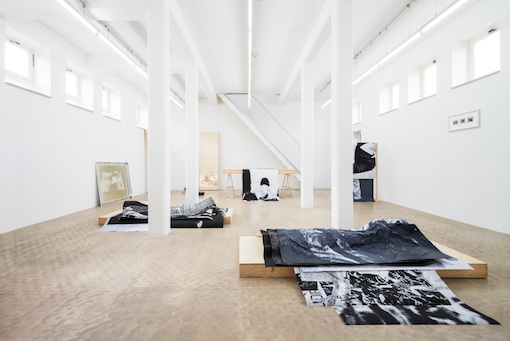
Installation view Wilfried Lentz Rotterdam
Photo: Sander van Wettum
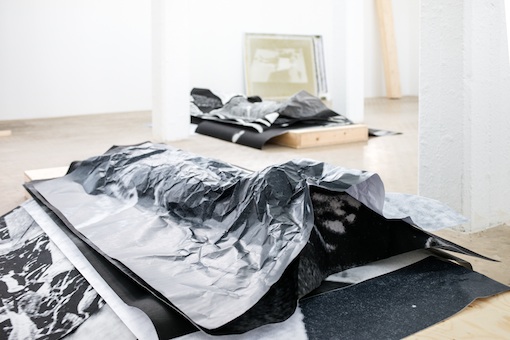
Installation view Wilfried Lentz Rotterdam
Photo: Sander van Wettum
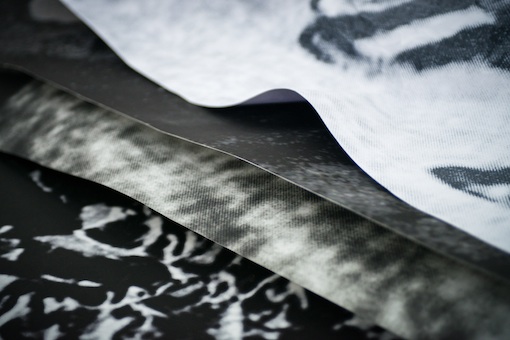
Installation view Wilfried Lentz Rotterdam
Photo: Sander van Wettum


